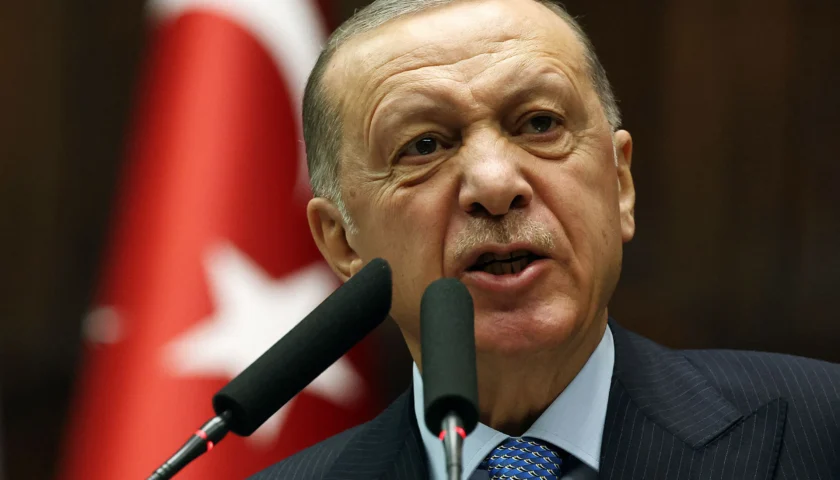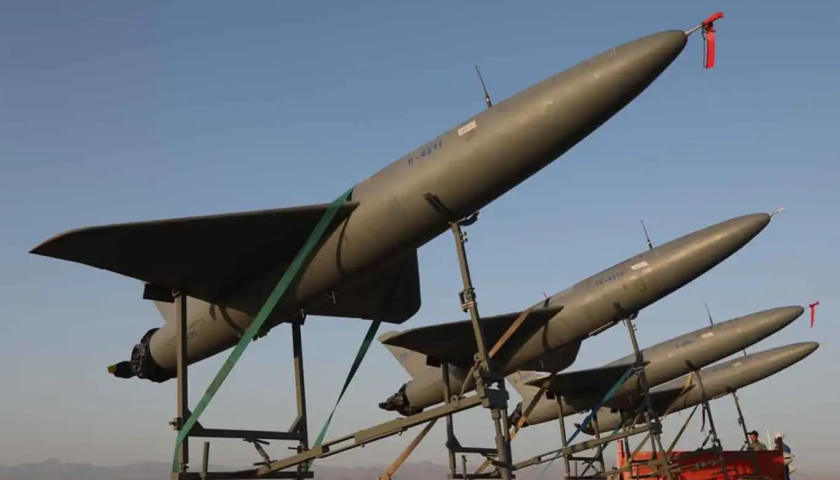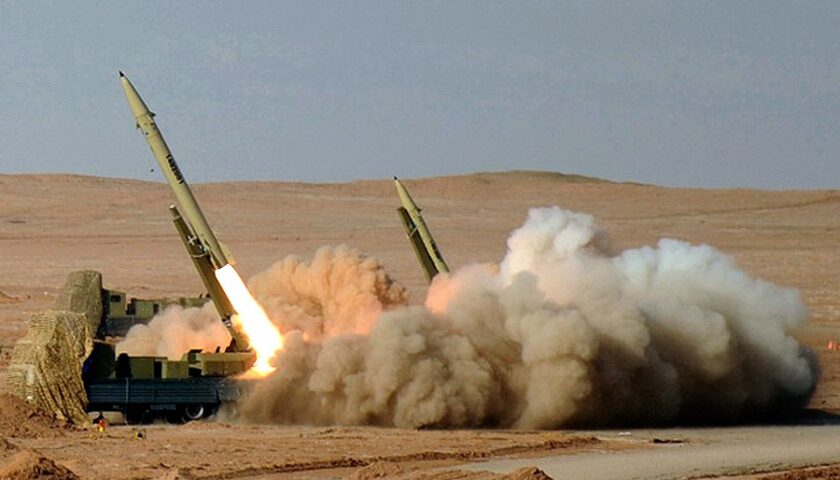Eastern Europe and Southeast Asia, two regions with distinct histories, cultures, and geopolitical landscapes, are increasingly recognizing the need for new alliances. Eastern European countries seek to reduce dependence on traditional partners, such as the EU and NATO, and explore new relationships with countries like China, India, and South Korea. Eastern Europe aims to attract investments and boost economic growth through partnerships with countries having robust economies and innovative technologies. The region seeks to diversify its energy sources and reduce reliance on Russian gas, exploring alternatives like LNG imports and renewable energy. Eastern European countries aim to counterbalance Russian influence in the region through new alliances and partnerships. Southeast Asian countries seek to maintain regional stability and security amidst rising tensions between major powers, such as the US and China. The region aims to deepen economic integration through initiatives like the Regional Comprehensive Economic Partnership (RCEP) and the ASEAN Economic Community (AEC).Southeast Asia faces non-traditional security threats like terrorism, piracy, and cybersecurity risks, which require cooperation and new alliances to address. Southeast Asian countries need to balance their relationships with major powers, avoiding being drawn into rivalries and maintaining their strategic autonomy.
:

A platform for cooperation among Eastern European countries, aiming to promote economic development, energy security, and transportation connectivity. A regional cooperation platform among four Eastern European countries (Poland, Hungary, Czech Republic, and Slovakia), focusing on issues like migration, security, and economic growth. ASEAN’s partnerships with external powers: Southeast Asia’s regional organization, ASEAN, has established partnerships with countries like China, Japan, and the US, aiming to promote economic cooperation, security, and stability. An informal grouping of four countries (Australia, India, Japan, and the US), aiming to promote security cooperation and stability in the Indo-Pacific region. These new alliances and partnerships can help Eastern Europe and Southeast Asia address shared challenges, promote economic growth, and maintain regional stability.




